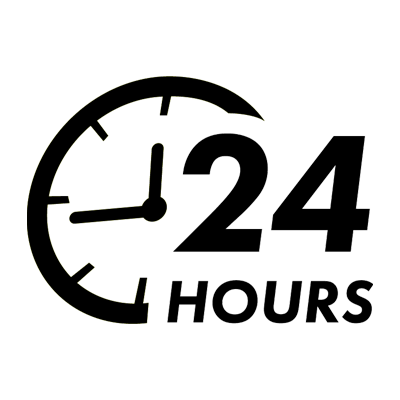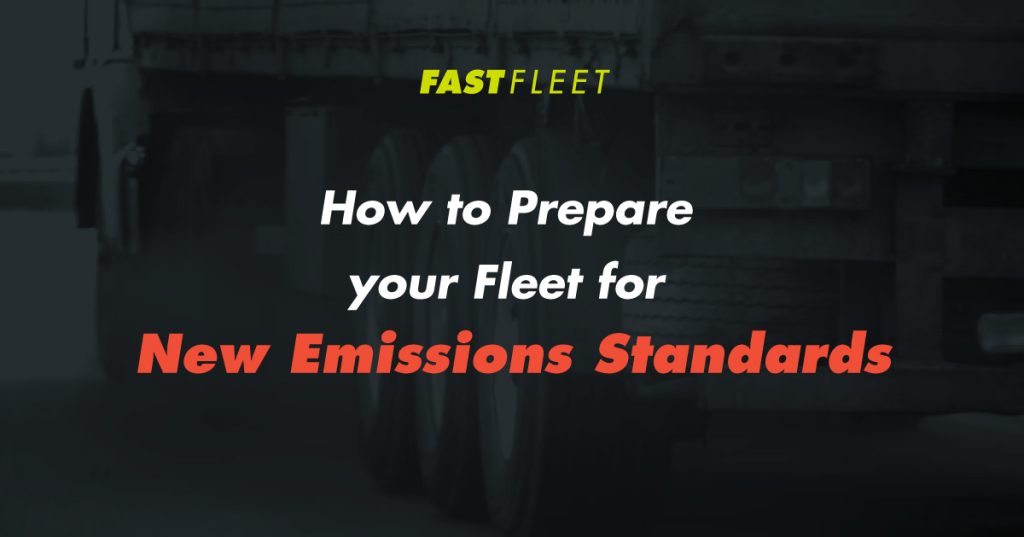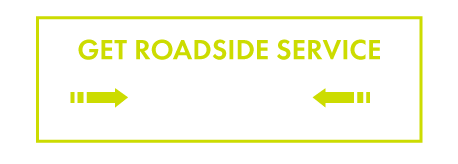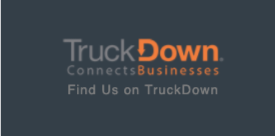In the dynamic world of commercial trucking, staying compliant with emissions standards is not just a regulatory requirement but a critical component of operational success.
Non-compliance can lead to hefty fines, disrupted operations, and a tarnished reputation. With the new emissions standards set to take effect in 2024, fleet operators must understand these changes and prepare accordingly to ensure seamless operations and maintain their competitive edge.
This guide provides an in-depth look at the upcoming emissions standards changes, their impacts on the trucking industry, and practical steps for fleet operators to ensure compliance.
By understanding these new regulations and implementing the necessary adjustments, fleet managers can safeguard their operations against penalties and contribute to a cleaner environment.
Understanding the New Emissions Standards
The new emissions regulations, effective in 2024, mark a significant shift towards stricter environmental controls within the commercial trucking industry.
The Environmental Protection Agency (EPA) has introduced these standards to reduce harmful pollutants, such as nitrogen oxides (NOx) and particulate matter (PM), emitted by heavy-duty vehicles.
According to S&P Global, these regulations will require fleets to adopt advanced technologies and adhere to more stringent testing and reporting protocols.
Historical Context
The journey towards these new emissions standards has been progressive. The trucking industry has seen several regulatory phases aimed at reducing vehicular pollution.
The Clean Air Act of 1970 laid the groundwork for emissions control, followed by the introduction of the first heavy-duty engine standards in the late 1980s.
Significant milestones include the 2004 and 2007 EPA standards, which drastically cut NOx and PM emissions.
The upcoming 2024 standards represent the latest step in this evolution, emphasizing the need for ongoing technological advancements and regulatory compliance.
Impact on the Industry
The 2024 emissions standards are expected to have a profound impact on fleet operations.
Compliance will necessitate substantial investments in new technologies, such as advanced exhaust after-treatment systems and selective catalytic reduction (SCR).
These technologies are essential for meeting the lower emissions thresholds. The cost implications are significant, with fleets needing to balance initial outlays against long-term savings from improved fuel efficiency and reduced maintenance costs.
Additionally, non-compliance could result in fines, operational delays, and a loss of business credibility.
Key Components of the New Standards
Emissions Limits and Targets
The new regulations set forth specific emissions limits for various classes of vehicles.
For instance, Class 8 trucks will face stricter NOx limits, potentially reducing allowable emissions by up to 90% compared to previous standards.
These changes necessitate a comprehensive understanding of the new limits and rigorous adherence to ensure compliance.
A side-by-side comparison with previous standards highlights the increased stringency and underscores the need for updated fleet management strategies.
Required Technologies
To meet these stringent standards, fleet operators must invest in advanced technologies. Key systems include:
- Advanced Exhaust Aftertreatment Systems: These systems, which include diesel particulate filters (DPFs) and diesel oxidation catalysts (DOCs), are crucial for reducing PM emissions.
- Selective Catalytic Reduction (SCR): SCR technology is essential for reducing NOx emissions. It involves injecting a urea-based solution into the exhaust stream, converting NOx into harmless nitrogen and water.
Manufacturers provide detailed guidelines on integrating these technologies into existing fleets, and adopting these systems is a critical step in achieving compliance. Industry leaders like Cummins and Detroit Diesel offer extensive resources and support for fleet operators making these upgrades.
Preparing Your Fleet for Compliance
Step-by-Step Guide to Assessing Your Fleet’s Current Emissions
- Inventory assessment: Start by cataloging all vehicles in your fleet, noting their make, model, year, and current emissions control technologies. This inventory will serve as the foundation for your audit.
- Emissions testing: Use portable emissions measurement systems (PEMS) or onboard diagnostics (OBD) tools to measure the actual emissions output of each vehicle. This real-time data is crucial for understanding how each vehicle performs against the new standards.
- Data analysis: Compare the test results against the new 2024 emissions standards to identify which vehicles are compliant and which need upgrades. Highlight discrepancies and prioritize vehicles for upgrades based on their emissions levels.
- Report generation: Create a detailed report summarizing the current emissions status of your fleet. Include findings, areas of non-compliance, and specific recommendations for upgrades or replacements.
Options for Upgrading Existing Vehicles to Meet New Standards
- Engine retrofits: Install advanced emissions control technologies like selective catalytic reduction (SCR) systems, diesel particulate filters (DPFs), and exhaust gas recirculation (EGR) systems. These technologies are crucial for reducing NOx and particulate matter emissions.
- Software updates: Update engine control units (ECUs) with the latest software to optimize emissions performance. Regular updates ensure that vehicles meet the latest regulatory requirements.
- Fuel switching: Transition to cleaner fuels such as biodiesel or renewable diesel, which produce fewer emissions compared to conventional diesel.
Cost-Benefit Analysis of Retrofitting Versus Purchasing New Vehicles
- Retrofitting costs: Initial investment in retrofitting can be substantial, but it is often more economical than purchasing new vehicles. Retrofitting can extend the operational life of current vehicles while ensuring compliance.
- New vehicle costs: Purchasing new vehicles ensures immediate compliance with the latest standards and incorporates the latest technologies. However, it requires significant capital investment.
- Decision factors: Consider fleet size, vehicle age, and projected operational lifespan to determine the most cost-effective strategy. Evaluate long-term savings from reduced fuel consumption and lower maintenance costs against the initial investment.
Essential Maintenance Routines and Practices for Ongoing Compliance
- Regular inspections: Schedule frequent inspections to ensure that emissions control systems are functioning correctly. This includes checking DPFs, SCR systems, and other emissions-related components.
- Preventive maintenance: Implement a preventive maintenance program to address potential issues before they become major problems. Regular maintenance helps in maintaining optimal vehicle performance and emissions levels.
- Record keeping: Maintain detailed records of all maintenance activities, emissions tests, and repairs. This documentation is crucial for regulatory compliance and internal tracking.
Importance of Regular Inspections and Proactive Maintenance
- Proactive approach: Regular maintenance helps prevent unexpected breakdowns and ensures continuous compliance with emissions standards. Proactive maintenance reduces the risk of costly repairs and operational disruptions.
- Compliance assurance: Ongoing inspections and maintenance are essential for meeting regulatory requirements and avoiding fines. Staying compliant not only avoids penalties but also enhances the fleet’s operational efficiency.
Financial Considerations and Incentives
Estimating Costs Associated with Compliance, Including Upgrades and Maintenance
- Initial costs: Budget for retrofitting technologies, new vehicle purchases, and emissions testing equipment. These upfront costs are necessary for achieving compliance.
- Ongoing costs: Include expenses for regular maintenance, software updates, and periodic emissions testing in your budget. Ongoing costs ensure that vehicles remain compliant over time.
- Contingency planning: Allocate funds for unexpected repairs or upgrades that may arise during the transition period. Having a contingency plan helps in managing unforeseen expenses.
Financial Planning Tips for Fleet Operators
- Cost-benefit analysis: Perform detailed analyses to compare the costs of various compliance strategies. This helps in making informed decisions based on long-term benefits.
- Cash flow management: Ensure sufficient liquidity to cover upfront costs and ongoing expenses. Effective cash flow management is crucial for financial stability during the transition.
- Leverage financing options: Explore loans, leases, and other financing options to manage the financial burden. Financing options can provide the necessary capital for compliance efforts.
Available Incentives and Grants
Government and Industry Incentives for Emissions Compliance
- Federal and state grants: Look for grants and subsidies offered by federal and state governments to support emissions compliance efforts. These incentives can significantly reduce the financial burden.
- Industry programs: Investigate incentive programs provided by industry associations and environmental organizations. These programs often offer financial support and resources for compliance.
How to Apply for Grants and Subsidies to Offset Compliance Costs
- Research eligibility: Identify grants and incentives applicable to your fleet and region. Ensure that your fleet meets the eligibility criteria for each program.
- Prepare documentation: Gather necessary documentation, including emissions audit reports, compliance plans, and financial statements. Proper documentation is essential for successful applications.
- Submit applications: Follow the application process for each grant or incentive program, ensuring all requirements are met. Timely and accurate applications increase the chances of receiving financial support.
Training and Education
Importance of Training Drivers and Maintenance Staff on New Standards and Technologies
- Knowledge and skills: Ensure your team understands the new standards and how to operate and maintain compliant vehicles. Training equips your staff with the necessary skills to manage compliance effectively.
- Operational efficiency: Trained staff can identify and address issues promptly, reducing downtime and improving compliance. Well-trained employees contribute to smoother operations and better performance.
Suggested Training Programs and Resources
- Workshops and seminars: Attend industry workshops and seminars focused on emissions compliance and new technologies. These events provide valuable insights and hands-on experience.
- Online courses: Utilize online training platforms offering courses on emissions standards and vehicle maintenance. Online courses offer flexibility and convenience for continuous learning.
- Certification programs: Encourage staff to pursue certifications in emissions testing and compliance. Certifications validate skills and knowledge, enhancing professional credibility.
Resources for Continuous Learning and Adaptation
- Industry publications: Read publications from reputable sources like the American Trucking Association (ATA) and the Environmental Protection Agency (EPA). These publications provide reliable information and industry insights.
- Regulatory bodies: Follow updates from regulatory bodies such as the EPA and the Department of Transportation (DOT). Regulatory bodies offer official guidelines and announcements.
Preparing for the new emissions standards in 2024 involves several crucial steps. First, conducting a thorough emissions audit is essential.
Now is the time for fleet operators to begin their compliance efforts. Starting early allows for strategic planning, resource allocation, and avoiding last-minute rushes that can lead to increased costs and potential non-compliance penalties.
Proactive planning positions your fleet for long-term success, ensuring operational efficiency and compliance.
When it comes to keeping your fleet compliant and operational, having a reliable partner is crucial.
Fast Fleet offers 24/7 roadside repair services to ensure your fleet remains on the road, even in emergencies.
Our expert technicians are always ready to assist, minimizing downtime and helping you maintain compliance with the new emissions standards.
Don’t wait until it’s too late. Contact Fast Fleet today to schedule services or consultations. Ensure your fleet is always road-ready and compliant with the new emissions standards.
Visit our website or call us to learn more about how Fast Fleet can support your operations.
















